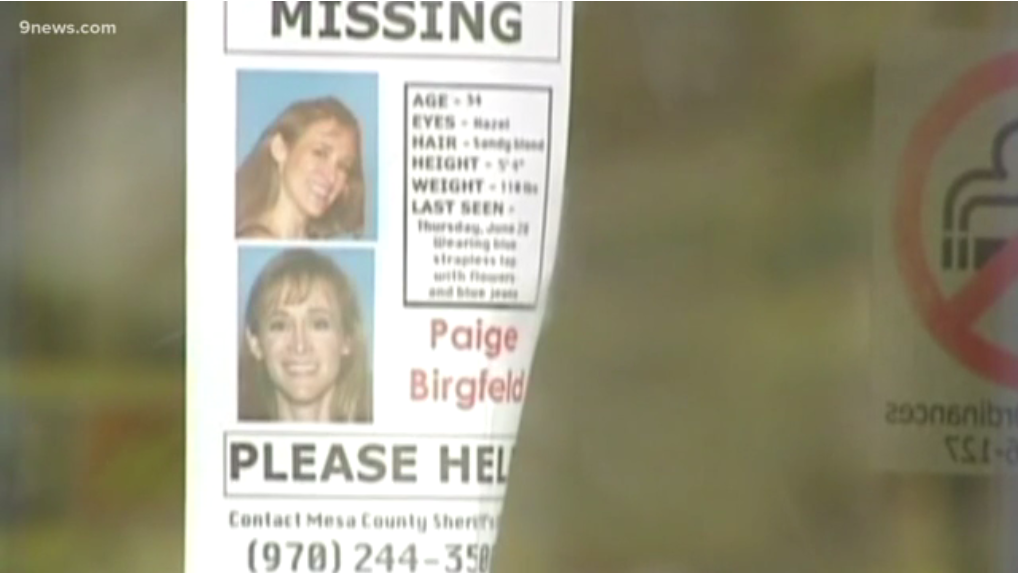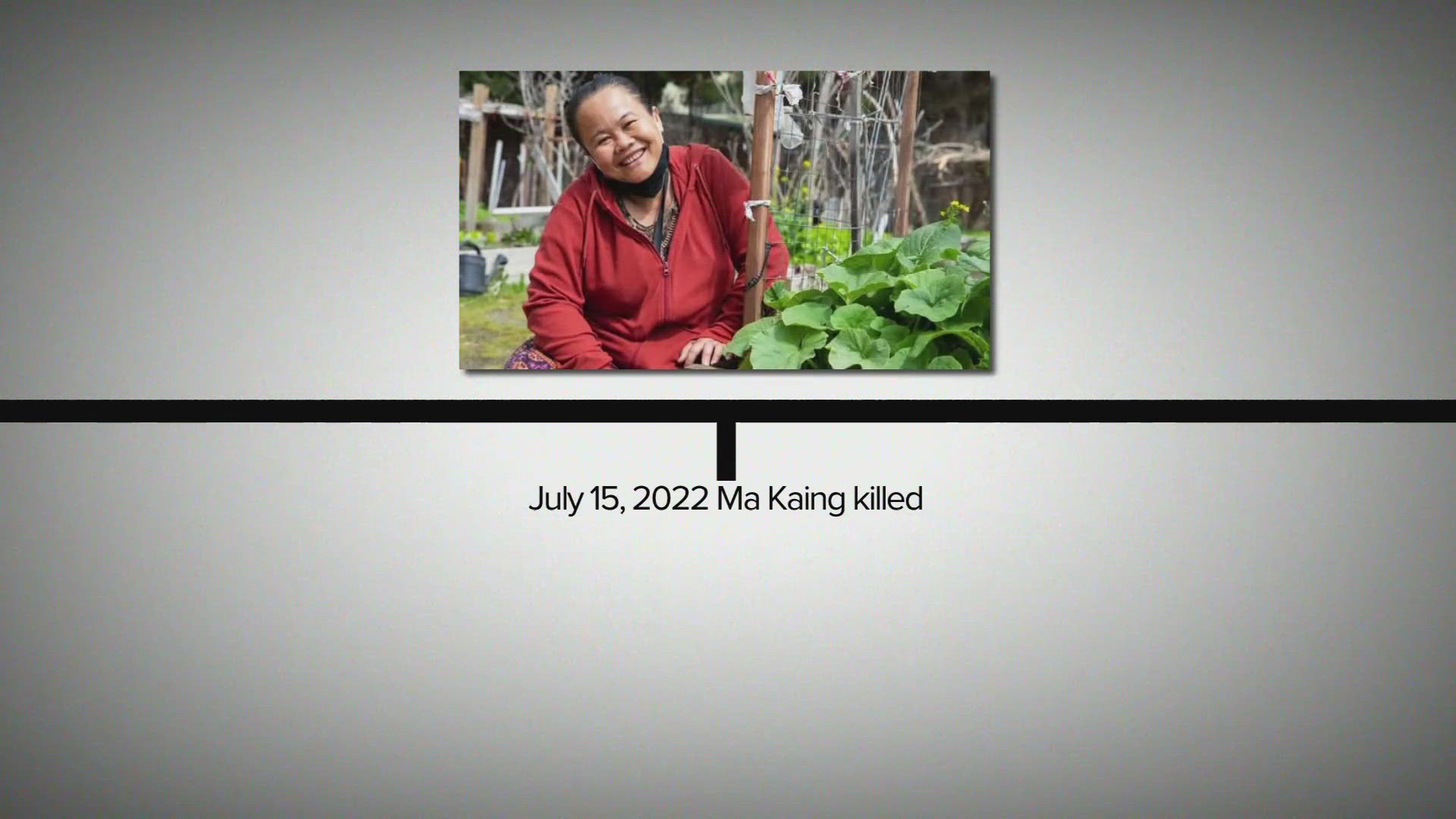It’s been more than a decade since the family of Paige Birgfeld got the call their daughter was missing. For the first time Saturday morning, investigators shared how they navigated what turned into a complex cold case to find Birgfeld’s murderer.
Birgfeld went missing in June 2007, however, her remains weren’t found until March 2012. Mesa County District Attorney Dan Rubinstein says not being able to find her body until five years later was one of the factors that made their investigation more difficult.
“Until we found her body, we didn’t know that we were able to move forward with the murder prosecution,” Rubinstein said.
But before they learned the whereabouts of her body, investigators biggest obstacle was when they discovered a different side to Birgfeld. She led a double life as an escort, according to Rubinstein. She used two different cell phones – one for her personal life and the other for her escort services.
“Obviously, anybody who has a double life, that poses a lot of questions about what else don’t we know,” Rubenstein said. “Another issue that we had from the get-go was whenever you’re dealing with something an escort business – prostitution-type services – your witnesses are very hesitant to come forward.”
In this case, they needed honest witness statements because Rubinstein said their suspect list had about 60 names on it. However, getting those statements weren’t easy because “some witnesses looked very suspicious because they were lying about their own knowledge of her.”
Rubinstein said he and his team were able to whittle down their list of suspects to one man because of a track phone he owned. Lester Ralph Jones, 65, had only ever made five calls on the phone, according to Rubinstein, and all of them involved Birgfeld. He said four of the calls were made to Birgfeld and one was an incoming call from her on the night she went missing.
“That phone was never used again,” Rubinstein said.
Even though Rubinstein and his team felt they had their guy, he said it was hard to convict him of anything until they found the body.
In 2012, a person who was hiking in the Wells Gulch area, just south of the line between Mesa County and Delta County, found “part of a skull and the mandible sticking out of the ground.”
The skull and jawbone belonged to Birgfeld, according to Rubinstein.
“There was some very key evidentiary things that we located, specifically there was duct tape that was around her skull and mandible,” Rubinstein said. “That indicates that she was kidnapped.”
Rubinstein said investigators also found personal items of Birgfeld that “were strewn about the highway in a manner that we thought only somebody who is in danger is going to do.” He said this included blank checks, credit cards and health insurance information. Investigators said the items were found along about a 14 mile stretch of Highway 50 from Grand Junction to the Delta area.
“We believe that was kind of a trail of breadcrumbs as to where he was taking her and ultimately where he killed her and buried her,” Rubinstein said.
Finally, with enough evidence, Rubinstein said he and his team were able to put together a case they filed in 2014.
The first trial ended in a hung jury, but during a second trial, Jones was convicted of first-degree murder and second-degree murder. A judge sentenced him to life in prison without parole.
Birgfeld was 34 when she disappeared. Friends described her as a devoted mother of three who ran several businesses to support her children.


